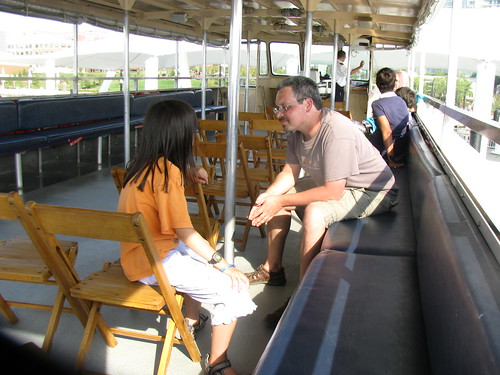|
|
🦋 The second tin-can cello: proposal
When I finish the guitalele, I am going to start working on the second Tin-can cello. It will be a good deal more ambitious than the first one, and will address some issues that make the first Tin-can cello softer and less clear in tone than it could be, and more difficult to play and maintain than it could be.
Neck and blocks
The first tin-can cello has a single-piece neck which extends from the "end-pin" to the peg-box. As a consequence, the top of the neck does not have straight grain, and I was not able to carve a traditional peg box. The pegs are difficult to turn. The "blocks" were added as an afterthought and do not serve the purpose of blocks in a traditional violin or cello; the body is lacking in structural stability. Additionally this means there is no contact between the instrument and the player's chest, so a traditional cellist will not be able to switch easily to this instrument.In the second tin-can cello, I will add a traditional neck block and tail block, fixing them to the ribs with fish glue. The cello's neck will be composed of two pieces. A lower neck stands in for the upper bout of a traditional cello; it is fixed to the neck block using a joint similar to a traditional cello neck. The top of the lower neck rests against the player's chest. The upper neck is similar to a traditional cello's neck (with a truncated heel); it is fixed to the lower neck with a simple dovetail-shaped joint. I've got these parts pretty well worked out in my mind's eye but have not had much luck yet with drawing them. I will work on that.
Body and back; soundpost and bass bar
The first tin-can cello has a much deeper body than a traditional cello; and the back is not fixed to the body. As a consequence, the vibrations of the soundboard are not amplified as they could be and they are lost at the bottom of the ribs. There is no bass bar, meaning the soundboard flexes under the weight of the string tension.
I will address this as follows: the washtub body will be cut to a depth of 120mm. I will carve an arched back in the approximate shape of a traditional cello back's lower bout; the longitudinal arch of the back will be continued in the lower neck piece. (I also have an idea for purfling that I think will look very pretty.) A soundpost will be in the same position as on a traditional cello. The back will be fixed to the ribs using fish glue. I will weld a bass bar to the soundboard, to make it rigid. My hope is that the combined effect of these modifications will give the cello a much clearer tone and increased volume. Fingers crossed! We shall see.
posted afternoon of Sunday, January 7th
➳ More posts about Luthery
➳ More posts about Woodworking
➳ More posts about Projects
➳ More posts about The Tin-can Cello
| |
|
Drop me a line! or, sign my Guestbook.
•
Check out Ellen's writing at Patch.com.
| |

